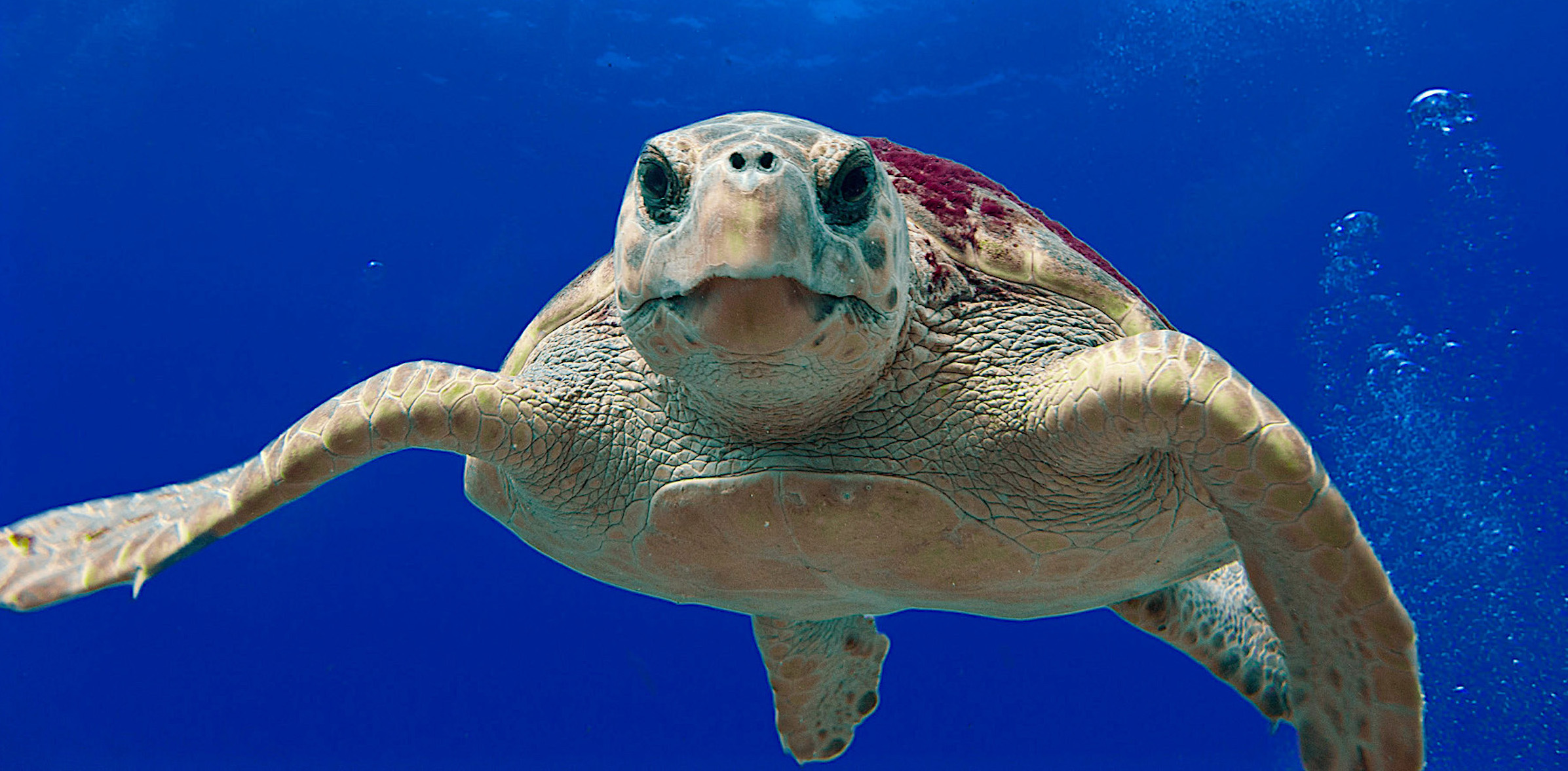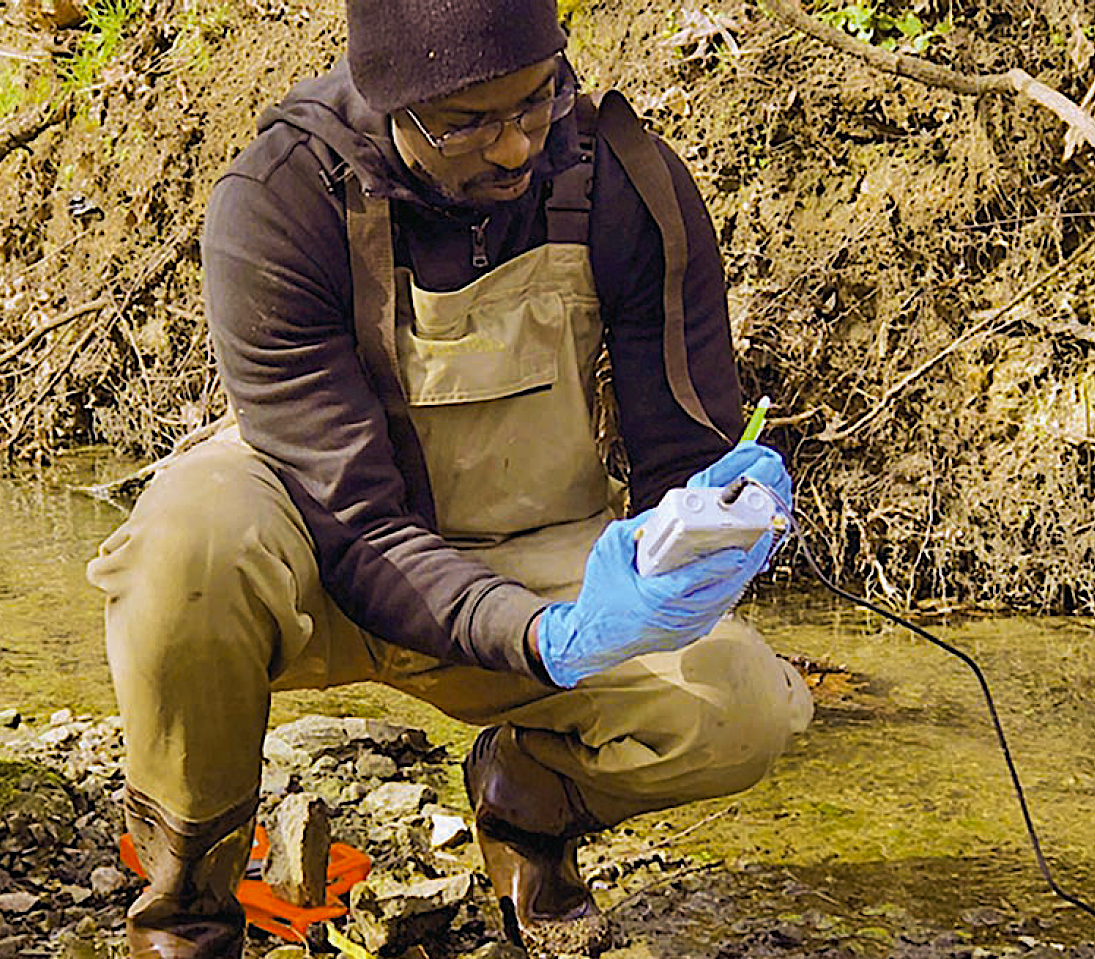Naturalist’s Notebook: Is Climate Change Affecting Sea Turtle Hatchlings?
Research shows that warming temperatures cause loggerheads to give birth mostly to female offspring.

At the N.C. aquarium on Roanoke Island, a January cold snap resulted in about 180 sea turtle “patients” at the facility for rehab, almost all suffering from a condition called cold stun — the hypothermia that occurs when sea turtles are exposed to quick onset or prolonged cold-water temperatures.
As cold-blooded animals, sea turtles are vulnerable to climate change, because their life history and reproduction are tied to environmental temperatures. High temperatures in the nest increase hatchling mortality, as well as the proportion of female hatchlings produced. This, in turn, affects long-term viability of sea turtle populations. Worldwide, six of the seven sea turtle species are classified as threatened or endangered, which is why sea turtles are a high priority for natural resource managers.
In North Carolina, scientists wanted to know a little more about the risk to sea turtle populations from environmental changes.

What They Studied
Studies have shown that when sea turtle eggs incubate below 81.8°F, the hatchlings will be male. When the eggs incubate above 87.8°F, the hatchlings will be female. Temperatures that fluctuate between the two extremes will produce a mix of male and female baby turtles. Given that global temperatures are predicted to increase by as much as 7.2°F over the next century, widespread “feminization” of sea turtle hatchlings is a significant concern.
Scientists at the University of North Carolina Wilmington wanted to see whether changes in climate over the past 25 years have affected incubation times or the proportions of male and female offspring of loggerhead sea turtles, a protected species.
The study location was a high-density nesting beach on Bald Head Island, where the Bald Head Island Conservancy has tracked loggerhead nests each year since 1991. Over a 25-year period, the Conservancy has monitored 1,347 nests from the first nights when the turtles deposited eggs up until the emergence of hatchlings.
Long incubation times often correspond to lower incubation temperatures (and, in turn, more male hatchlings). As a result, armed with information from NOAA’s weather station in nearby Southport and the Conservancy’s dataset of incubation times, the research team could calculate the percentage of male and female hatchlings for each nest.
The Key Findings
Over the 25-year study period, the mean temperatures during the peak nesting season from June to August significantly increased, while incubation times significantly decreased. As a result, researchers calculated that the proportion of female hatchlings produced on the island significantly increased.
The research team did not find evidence of significant changes over time in either hatching success — the portion of eggs from a nest that hatched — or in the dates of initial nesting. They did find that precipitation has a small effect on hatching success.
The journal Ecology published the full study.
“Is Climate Change Affecting Sea Turtle Hatchlings?” originally appeared on HookLineScience.com, the popular blog series from North Carolina Sea Grant’s Sara Mirabilio and Scott Baker on the latest science and news for anglers.
- Categories:


